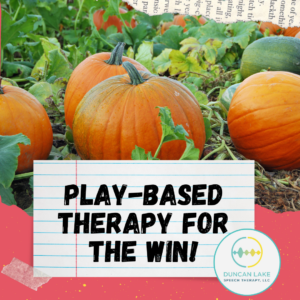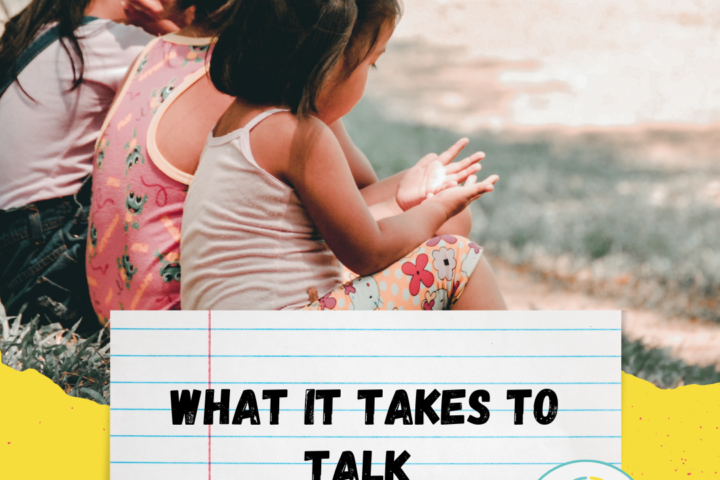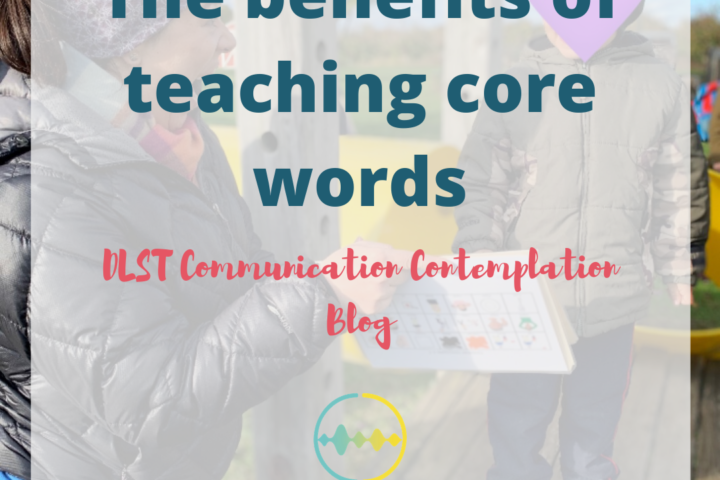by Hannah Blackwell, M.A., CCC-SLP
Speech-Language Pathologist
Speech therapy sessions can look very different depending on the client and the clinician. A commonly used approach with children is to work therapy goals into play-based contexts. Sometimes parents may see a session conducted in this way and wonder what work is being done and what the benefits of this approach to therapy are.
One of the biggest goals in speech therapy, no matter what the client’s age, is to work toward generalizing the skills learned in speech therapy to real-world contexts outside of the speech room. This is a goal for children, too, however, functional use of language for children is not the same as functional use of language for adults. Adults need to be able to use their speech, language, social, and cognitive skills within the contexts of work, social interactions, conversations, and taking care of their daily needs. Children do not have the same level of communication in these contexts as adults, especially young children who are not yet in school. The places they use language the most is within the context of play. It is often what comes most naturally to children, so it is important that it is incorporated into therapeutic intervention so that we are building on what they know.

Not only is play familiar and natural for children, but it is also engaging and fun for them. If a child is engaged and having fun in activity, there is more motivation for them to participate and try to accomplish the skills they are being taught. When we use play-based activities in the speech room, the child is more likely to recall what we worked on outside of speech and use it at home. For example, with a young child working on their G sound, if we spend a session playing with cars and saying “go!” multiple times, they are more likely to remember this interaction and say “go” using their G sound whenever they play with cars. When therapy is structured within the context of play, it allows for therapeutic intervention to occur anywhere. This flexibility is helpful for clinicians so we can implement goals within whatever activity a child may choose, as well as helpful for children so they don’t have negative feelings about coming to speech therapy. Additionally, play-based therapy techniques are much easier for parents to practice at home, allowing children to build their skills within more natural environments. Parents can observe what the SLP does and how they interact with and cue their child and incorporate these techniques within play at home.
While play-based therapy is often appropriate for young children, it can be used with older children as well to increase their internal motivation to practice and participate in speech therapy. Board games, crafts, and other hands-on activities can be great learning tools for older children to engage in speech therapy. Children and students of all ages learn more when they are engaged and having fun with an activity. It allows them to be more open to new information, being provided feedback in their performance, and, ultimately, reach their communication goals.
For more on play-based therapy, check out our other blog post all about it!




